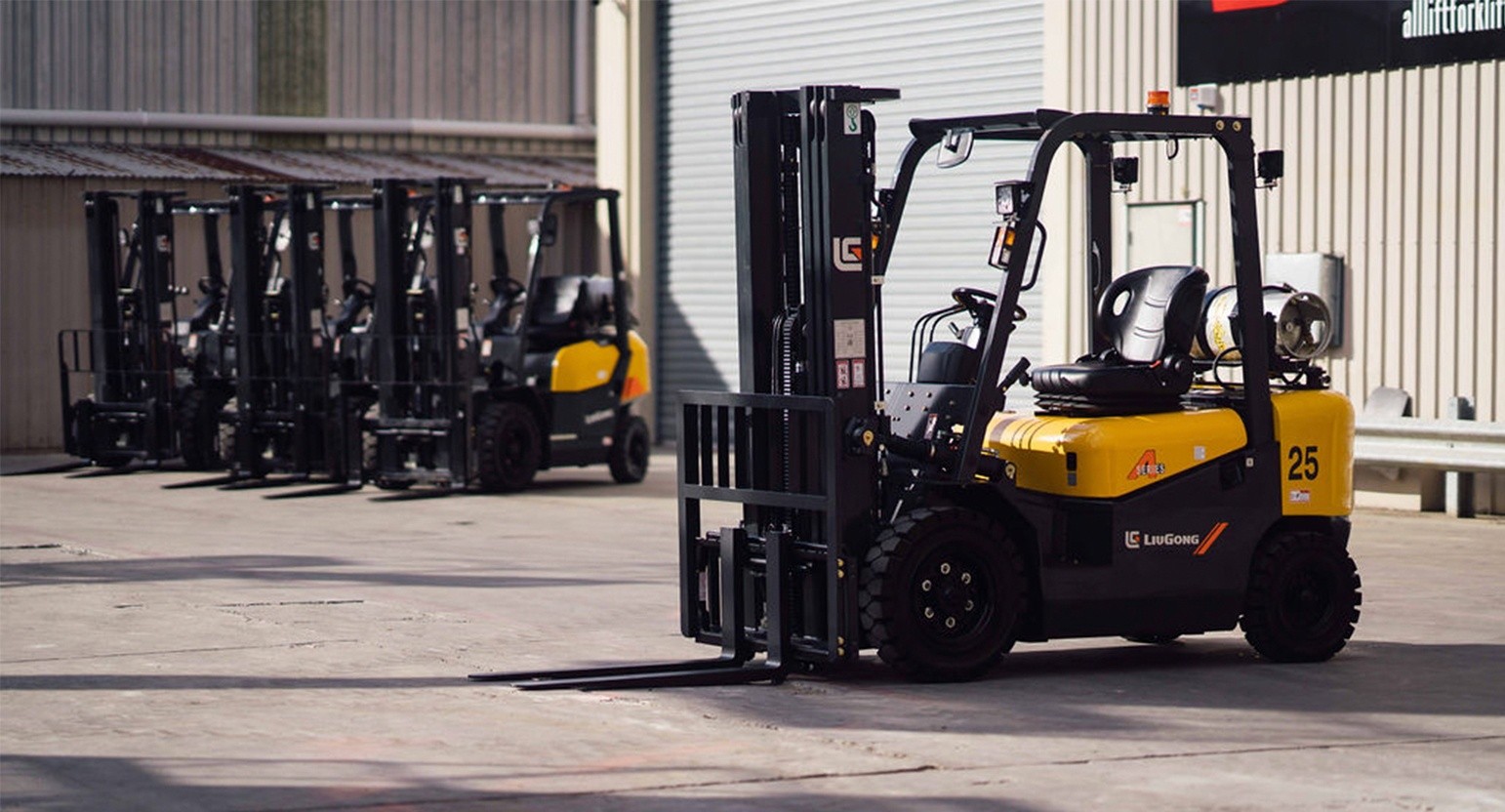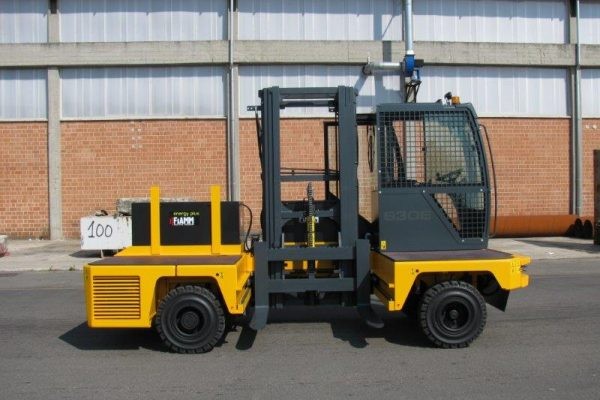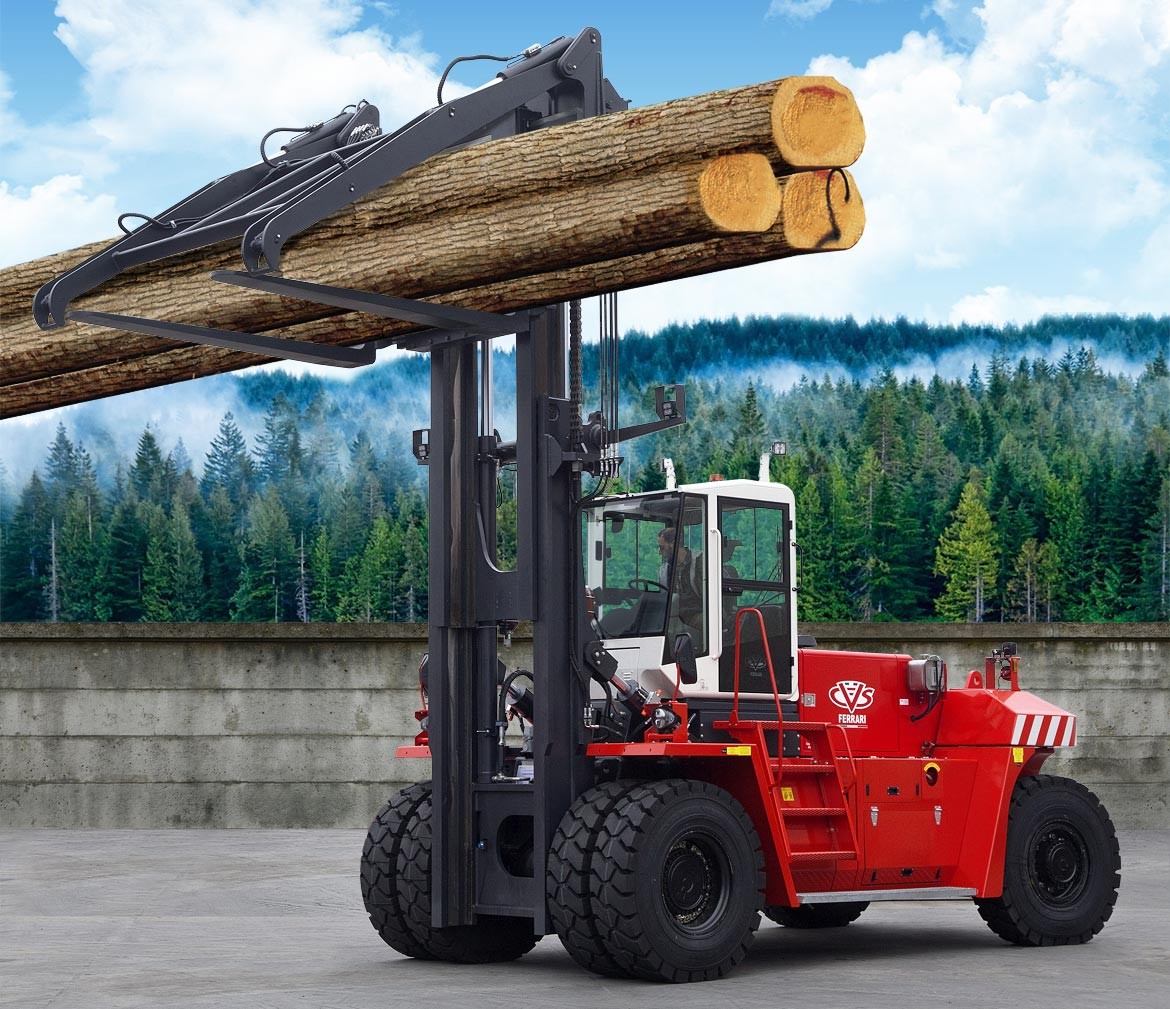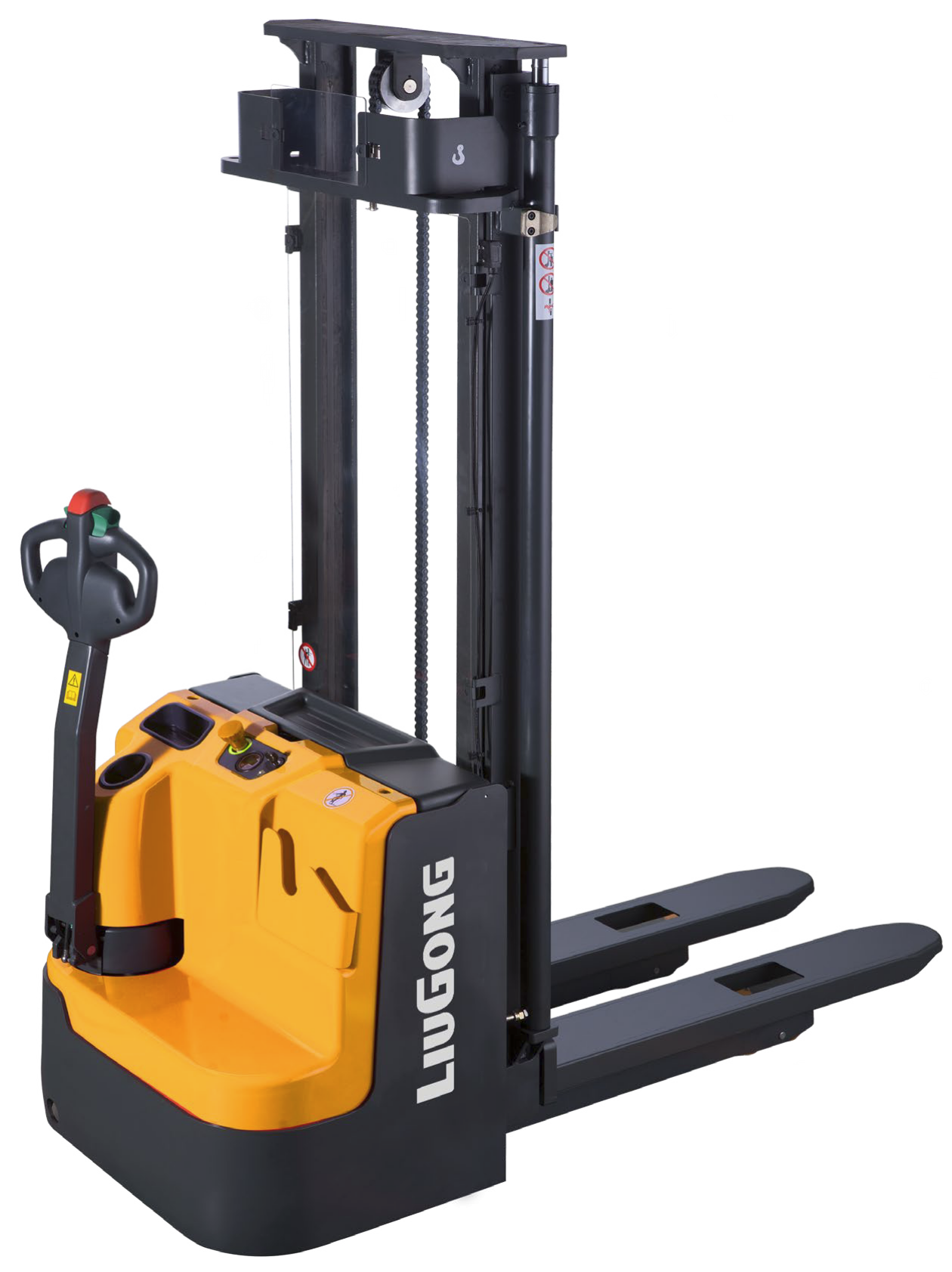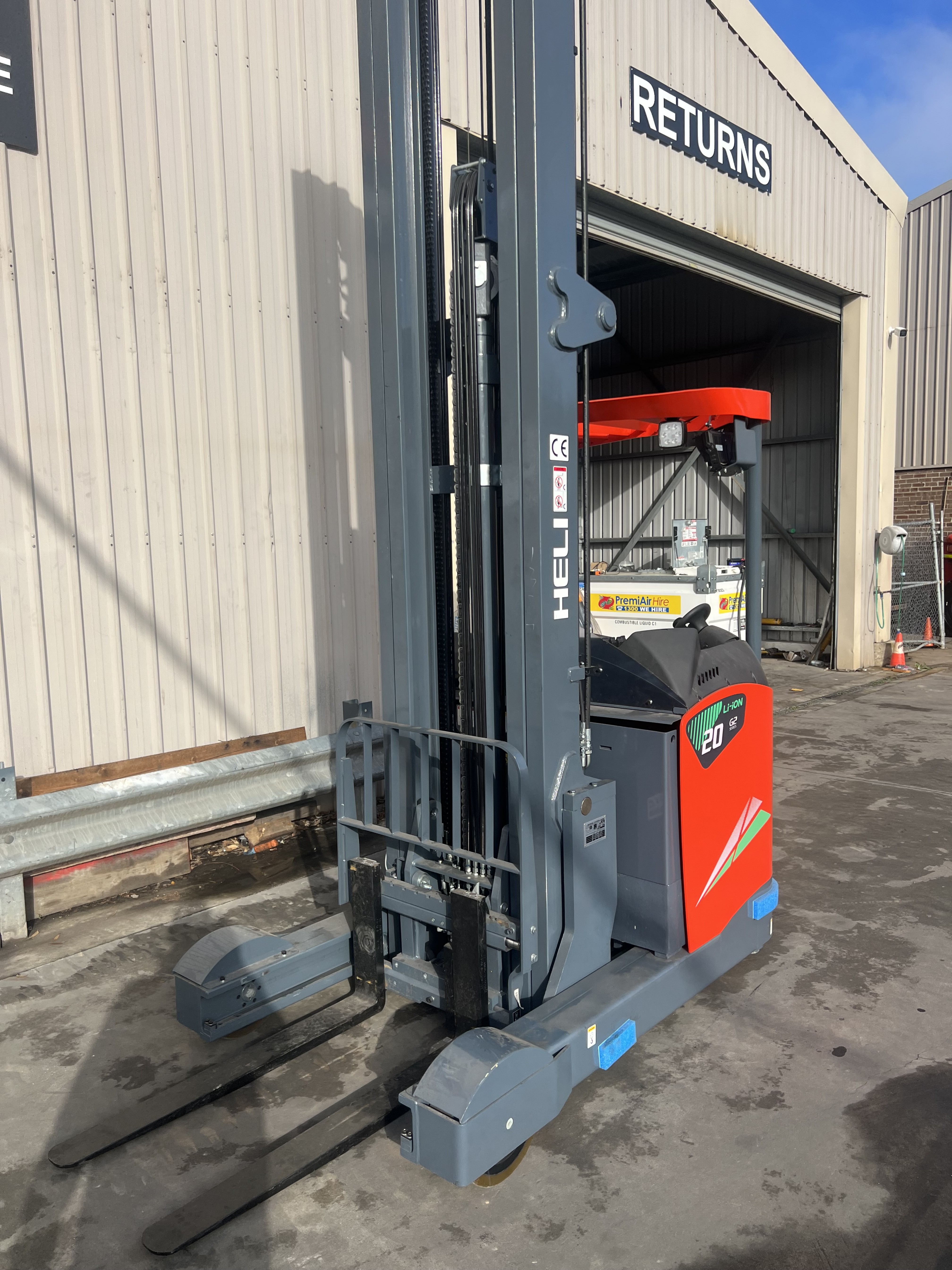What are the different forklift types
It’s important that you select the right forklift for the job at hand. We are happy to help inform you on how to choose a forklift and determine the most appropriate forklift type to hire for your needs. Getting a clear view on which forklift is best for you in the early stages saves time and money further down the track.
Here is a list of forklift considerations for you to think about:
1. FORKLIFT TYPES
WAREHOUSE FORKLIFTS
Warehouse forklifts are commonly used in indoor warehouses and stores. They feature dual forks at the front for lifting and transporting loads. Three-wheel counterbalance forklifts are perfect for narrow aisles where space is limited, providing extra manoeuvrability. These forklifts are designed for simple and straightforward operation, making them ideal for warehouse environments.
Example uses: In the retail industry, warehouse forklifts are utilised for efficient stock management, loading and unloading of goods, and organising inventory in the warehouse.
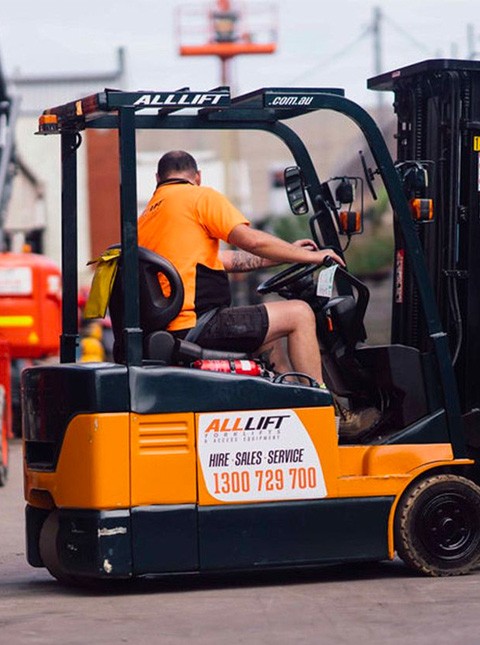
SIDE LOADER
Side loaders are specialised forklifts used for handling long and heavy loads. They have the ability to lift loads from the side, making them suitable for narrow aisles and tight spaces. Side loaders are commonly used in industries such as timber, steel, and construction, where long materials need to be transported and stacked safely.
Example uses: In the timber industry, side loaders are indispensable for handling and transporting long timber planks or beams, optimising storage space, and ensuring safe and efficient material handling.
HEAVY DUTY FORKLIFT
Heavy-duty forklifts are designed to handle exceptionally heavy loads. They have a high lifting capacity and robust construction to withstand demanding tasks. These forklifts are commonly used in industries such as shipping, manufacturing, and construction, where there is a need to lift and transport extremely heavy items.
Example use: In the manufacturing industry, heavy-duty forklifts are used for loading and unloading heavy machinery, transporting large components, and assisting in assembly processes.
WALKIE STACKER
Walkie stackers, also known as walk-behind forklifts, are compact and versatile forklifts commonly used in warehouses and storage facilities. They are operated by walking behind the machine and can lift and stack loads at ground level. Walkie stackers are ideal for applications that require manoeuvrability in tight spaces and the ability to lift pallets to a certain height.
Example use: In e-commerce fulfilment centres, walkie stackers are used for efficient order picking, enabling operators to navigate through narrow aisles and stack items on pallets at different levels.
REACH FORK TRUCK
Reach fork trucks are designed for high stacking in narrow aisle warehouses. They have telescoping forks that can reach into the racking system to retrieve and deposit loads. Reach trucks are known for their manoeuvrability and ability to work efficiently in tight spaces. They are commonly used in distribution centres and storage facilities where maximising vertical space is crucial.
Example use: In cold storage facilities, reach trucks are used to stack and retrieve pallets from high racks, allowing efficient utilisation of vertical space while maintaining temperature control for perishable goods.
COUNTERBALANCE FORKLIFTS
Counterbalance forklifts are the most common forklifts used in indoor warehouses and stores. They are widely used in manufacturing, retail, and the food industry for material handling, restocking shelves, and transporting goods. They offer simple, straightforward operation featuring dual forks at the front to help lift and transport the loads. When space is at premium, the extra manoeuvrability of a three wheel counterbalance forklift is perfect for narrow aisles.
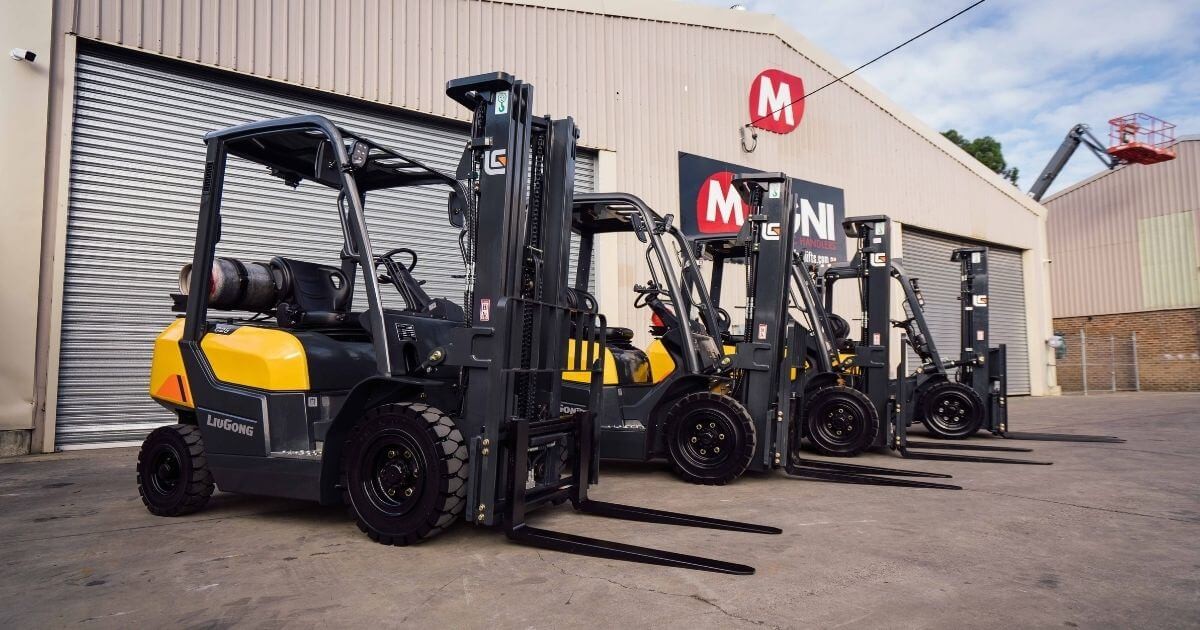
ROUGH TERRAIN FORKLIFTS
Rough Terrain forklifts are essential in construction, agriculture, and event industries for navigating uneven terrain, handling heavy loads, and setting up event materials. The inflatable tires with thicker tread allows for the utmost stability on uneven ground meaning they are perfect for transporting heavy loads across rugged terrain.
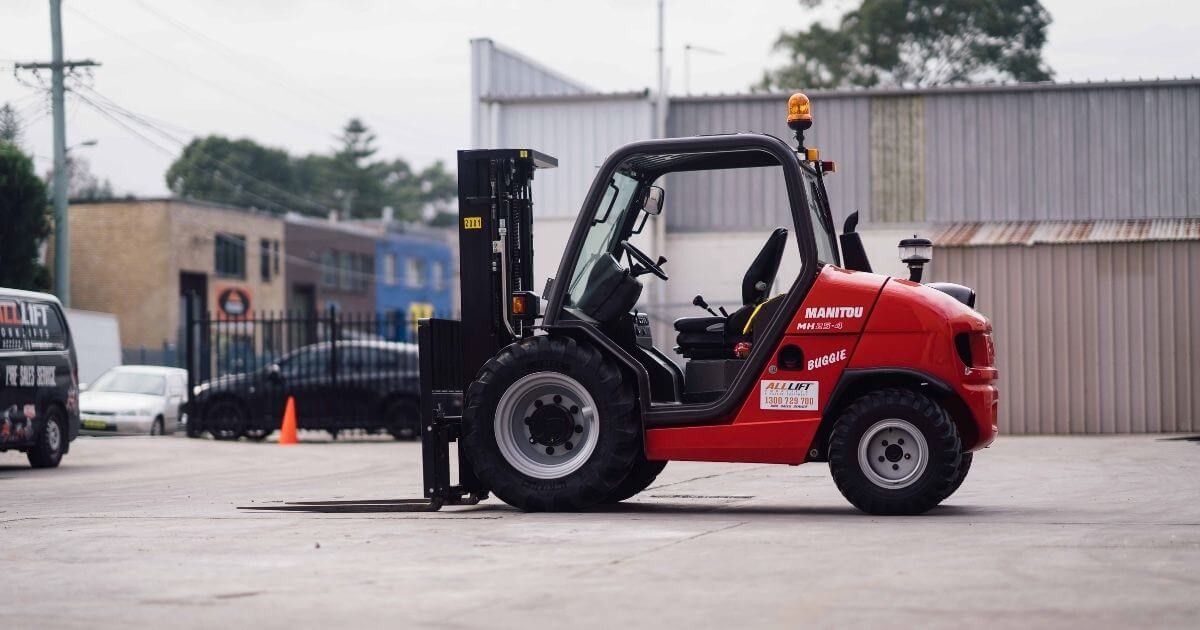
TELEHANDLERS
Telehandlers are ideally used for jobs and industries that require high lifting. In particular in construction, agriculture, and utilities for lifting building materials, handling agricultural tasks, and performing maintenance operations. The single telescopic boom accompanied with various attachments (such as a bucket, pallet fork and lift table) provides telehandlers the flexibility to perform in a wide range of situations.
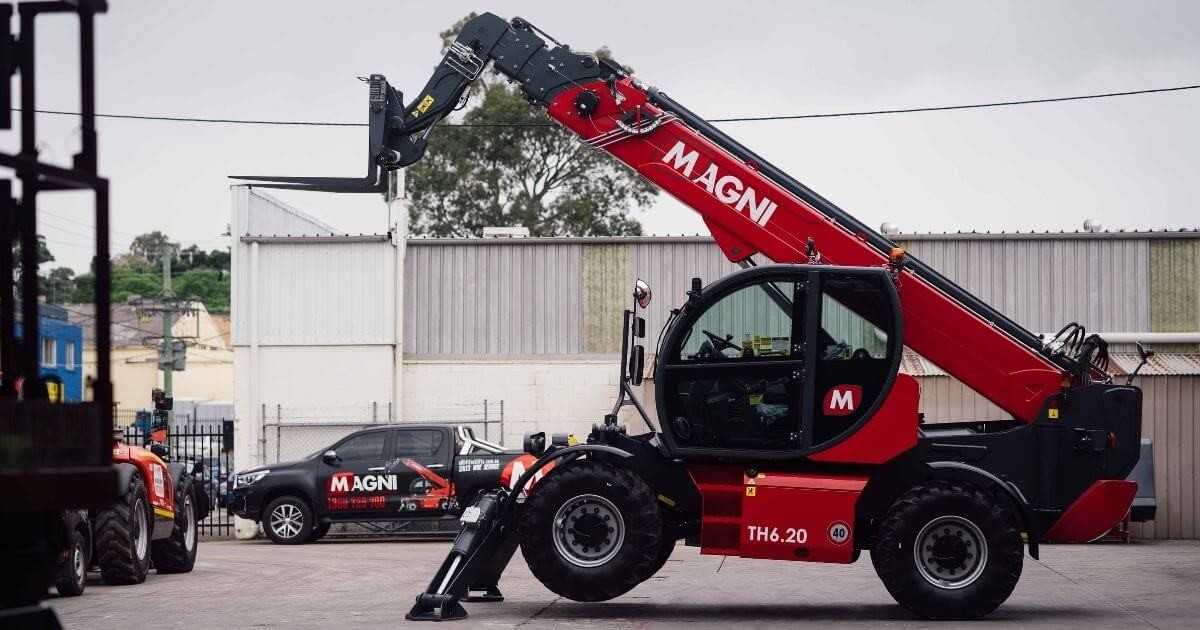
PALLET TRUCKS
Pallet Trucks or Pallet Jacks are most commonly used in warehousing and storage facilities where the easy transportation of pallets is required. Such as in manufacturing, retail, distribution and healthcare sectors. While some Pallet trucks have a high load capacity, they are restricted to only moving loads at ground level from one place to another.
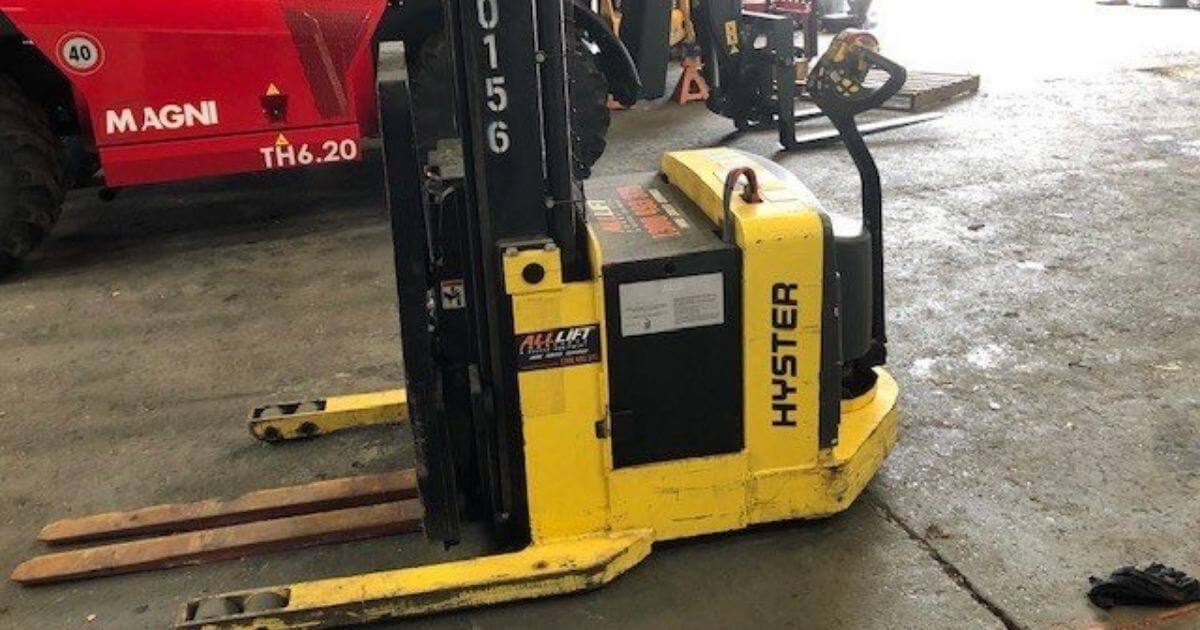
2. LIFTING HEIGHT
Lift trucks are a safe and ideal way to lift your products. You’ll need to know how high the truck will need to lift (usually in metres). It’s a good idea to check door widths and heights too, some forklifts do not fit through standard doorways. Also check aisle widths and any overhead obstructions. You should try and foresee any other challenges, for example, has the forklift got enough room to turn around? Figuring out these things can save a huge amount of time and effort!
3. CAPACITY / TRUCK SIZE
In order to get the correct truck you will need to know the maximum weight that you intend to pick up.
This is vital to:
a) achieve the lift you want and
b) to stay safe.
Think about all the dimensions of what you are lifting so as to determine the correct fork width and length.
4. CUSHION TIRE VS PNEUMATIC TIRE
Think about the terrains that the truck will travel on; concrete, tarmac, gravel, grass, dirt, mud (building sites) etc. Cushion tyres are smaller and made of a hard rubber compound and are best used for the hard surfaces, mostly indoor. These units are also usually more compact and manoeuvrable. Pneumatic tyres are bigger and have deeper tread and better grip. They are ideal for rough surfaces and are generally used for outdoor and even wet conditions.
5. WHERE AND HOW WILL THE FORKLIFT BE DELIVERED?
Is the delivery point a loading dock with height or is there a ground drop? Stairs and elevators all need to be measured.
Choosing the right forklift type is crucial for optimising your material handling operations. Each forklift type serves specific purposes in different industries, enabling efficient and safe lifting, stacking, and transporting of loads. By understanding the capabilities and applications of various forklift types, you can select the most suitable machine for your specific needs, ensuring productivity and cost-effectiveness in your material handling processes.
If you have any other enquiries, or need something urgently , we are happy to help. Please call us on 1300 729 700 or email sales@allliftforklifts.com.au and we will be happy to assist you with your forklift enquiry.
Alternatively, to get started please complete and submit the form on our contact page and we will get back to you as soon as possible.





